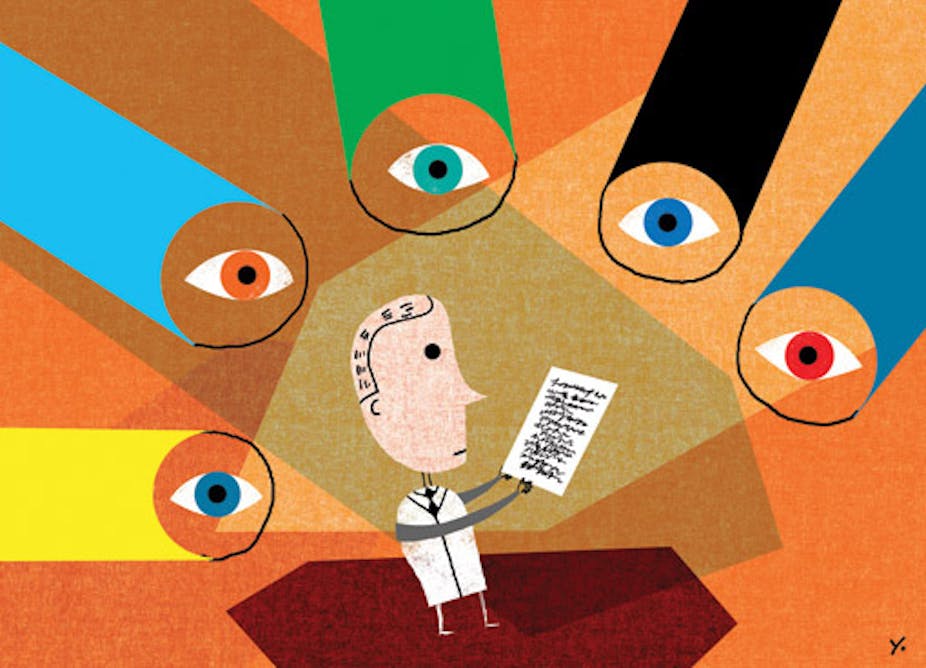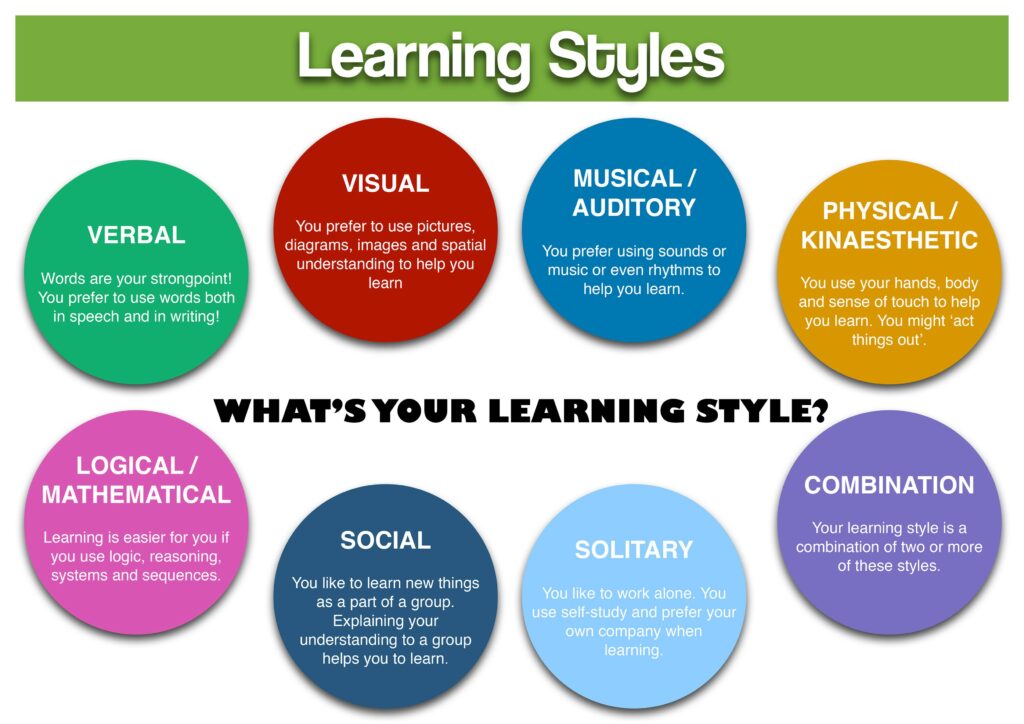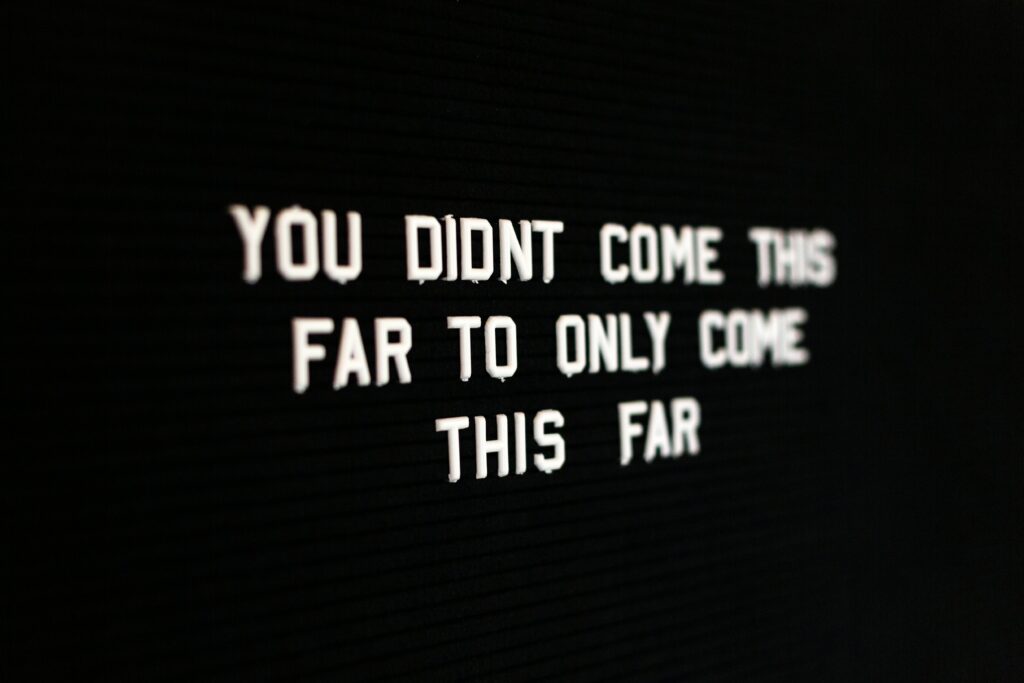
General Comments
Hi Ian, Bai, Wang and Li,
Thank you very much for sharing your Interactive Learning Resource on Chinese food with my learning pod. Overall, I was very impressed with the organization of your topics, and your well thought out resource that included various examples of interactive activities and engaging material. Below, you will find more specific comments for each of the topics of your learning resource.
Click here to view Pod 7’s Interactive Learning Resource
Learning Context
Your learning context is very inclusive as you ensure that all adults from all cultures and backgrounds are welcome and encouraged to take this course. I might have missed it but I wonder if access to kitchen appliances is a requirement for the students? This could be disclosed in this section.
I like how you inspire learners to set a goal before the course has begun. This motivates the learners, helps keep their attention, and makes them feel personally attached to what they want to get out of the course.
You mention: “We can also expect them to have different goals as they approach the resource materials and assessments.” I wonder if including a non-graded diagnostic assessment in this section would be meaningful for you so you can see each student’s strengths, weaknesses, and goals (Ronan, 2015). Then, you have the ability to cater to each student accordingly. Students can also refer back to the diagnostic assessment in the middle and end of the course to compare their thoughts and growth. If you would like, you can read more about diagnostic assessments here! 🙂
Resource Overview and Rationale
I agree that a holistic and hands-on approach to understanding Chinese food is the best and most effective learning resource. Learners are getting involved in the course by actually preparing dishes themselves. Learning by doing is key as students tend to be more interested and passionate about learning when they can get involved with the material.
I also like that you are teaching learners the history and philosophy of Chinese food and traditions. This gives learners context, the purpose of this course, and meaningful insight towards Chinese cuisine in general.
You have implemented the constructivism learning theory flawlessly. It is clear to me that you aim to engage learners by first guiding them to individually think about their own experiences and prior-knowledge about Chinese food, so they can personally connect with the course material and successfully complete the final cooking assessment.
Learning Outcomes and Activities
Your learning outcomes are clear and states exactly what the student should expect to learn and actively engage in. With that being said, you have successfully attached assessments to each outcome. Well done. Additionally, getting students to individually choose their own ingredients, and the cheapest ones possible, is a useful life skill that students can take even outside of this course.
Lastly, the use of YouTube videos are an excellent addition to this section and is inclusive towards visual learners. I especially appreciate that the videos are short and concise, keeping the attention of learners who have short attention spans.
Assessment Plan
You have done a great job explaining your assessment plan and how you will provide students with recipes, articles, and videos to help them with their interactive activities. I also like how you give the students multiple testing opportunities through writing, making a video, and a personal reflection. Perhaps you might consider adding a grade scale and the percentage each interactive activity will be worth towards the student’s final grade so students can see how they will be marked.
I appreciate that you mentioned that for Activity 2, “the teacher will decide if the ingredients and the number of ingredients can make the dish the students choose based on the recipe.” To make this teacher-student feedback even more constructive, I wonder if providing feedback for students after Activity 2 would be helpful so students are reassured if they are on the right track or if they could expand their thoughts and comprehension of the subject before they begin their final cooking video essay. With this guidance, students can go into the final activity with confidence that they understand what is being taught.
Inclusion for Diverse Learners
You have done an excellent job at catering to students who use reading/writing, visual, kinesthetic techniques as a way of learning. You have done this by utilizing books, recipes as articles, grey literature, video media, and technological resources including WordPress, Etherpad and Moodle. These resources implement various learning opportunities including class discussions and individual engagement which creates a positive and inclusive learning environment.
Furthermore, you have effectively explained how you will be inclusive towards learners with no access to a full computer set up at home and students with loss of hearing. I appreciate that you will allow the class to be recorded and have real-time captions and transcripts because this is helpful for students even without a loss of hearing.
In Conclusion
Your resource is easy to follow along with, answers all the basic questions, and does not feel overwhelming to complete. Previously, I didn’t know much about this subject but I am thankful I got to learn about Chinese Food in such an engaging and encouraging way. Please feel free to contact me if you have any questions regarding my feedback. You have done excellent work and I wish you all the best in the remaining weeks of this class!






Recent Comments